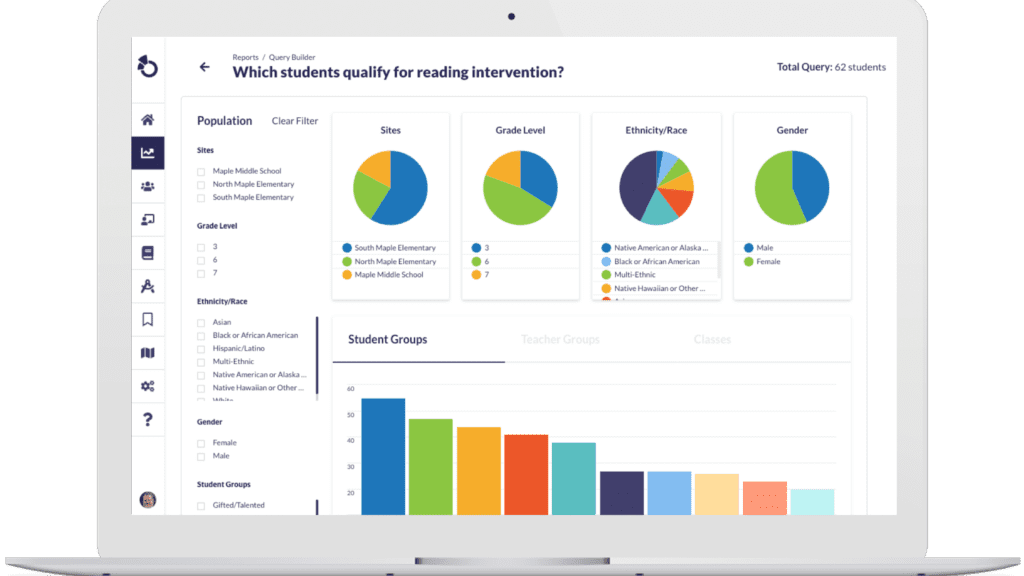Fueling Curiosity, Measuring Growth: How Mystery Science and Otus Make Science Learning Stick
By: David Specht
What do volcanoes, owl pellets, and storm systems have in common?
They all spark student curiosity, and they’re all much easier to teach and assess when you have the right tools that work together.
That was the message from Hillary Kleppel (Otus) and Justin Karkow (Discovery Education) during their ISTELive+ASCD 2025 session, Fueling Curiosity, Measuring Growth: Science Formative Assessment Made Simple.
Spoiler alert: This wasn’t your typical product demo.
Instead, the session focused on real classroom challenges, like making science instruction more engaging, figuring out what students actually understand, and giving teachers the tools to respond in the moment.
3 key takeaways for educators looking to fuel curiosity and better measure growth
If kids aren’t curious, they’re definitely not engaged
That’s why Mystery Science is built around student questions – real, weird, wonderful questions like “What’s the strongest material on Earth?” or “Could a volcano pop up in my backyard?” These open-ended prompts hook students right away, then guide them through discovery-based learning experiences that are short, simple, and standards-aligned.
Plus, each lesson comes with everything a teacher needs – from videos and slides to hands-on activities – making it easy to implement without hours of prep. And because the content is bite-sized, it works just as well during a 20-minute science block as it does a longer lab period.
Formative assessment doesn’t have to be a burden
In fact, it shouldn’t be.
After students complete a Mystery Science activity, teachers can create a quick formative assessment in Otus to check for understanding, no guesswork required. Whether it’s a short-answer question, a multiple-choice quiz, or a drawing prompt, Otus makes it easy to design flexible checks for learning and align them to specific standards or skills.
Then, the real magic happens. With each question tied to a standard, Otus reveals precisely where students are in their learning – whether they need a little help, are proficient, or are ready to move on to more advanced material.
You don’t need more tools. You need better connections.
No, not those kinds of connections – we’re not talking Tony Soprano or Vito Corleone. You need your edtech tools to actually talk to each other; to harmonize.
Too often, science instruction lives in one platform, assessment in another, and data… well, I’m sure you have enough disconnected spreadsheets open right now to know where I’m headed with this. That’s where Discovery Education and Otus come in – perfectly paired to bring learning and data together.
Here’s how it works: Teachers use Mystery Science lessons to engage students in hands-on investigations, and then Otus to create formative assessments aligned to those exact lessons and your school’s standards.
But the real magic? Everything connects.
Otus pulls in data from Discovery Education and other sources (think MAP Growth, state tests, local benchmarks, and attendance) so you can see how each student is progressing, spot who needs support, and create collaborative plans with families and teams. Whether you’re identifying trends in a PLC or reporting to your school board, the insights are already there – organized, visualized, and ready to use.
In other words, you get:
- Seamless alignment between what’s taught and what’s assessed.
- Clearer insights into student understanding.
- And less – so much less – time spent piecing together progress from disconnected tools.
Related Resources
Request a demo!
See exactly how Otus can help your school accelerate student growth and improve student outcomes – all while saving educators time.





